Introduction in topographic anatomy and operative surgery презентация
Содержание
- 2. Topographical anatomy is a science about the dimensional structure of healthy
- 3. The operative surgery is a science about surgical operations, methods of
- 4. M.I. Pyrogov ( 1810-1881)
- 5. Classification of operations Emergency Urgent Planned Bloodless Bloody Radical Palliative
- 6. Operative approach means to make the wound for the exposure of
- 7. Operative method – the main part of the operation, performing the
- 8. General surgical instruments Scalpels
- 9. Positions of scalpels, forceps а —scalpels; 1 — position of bow;
- 10. The scissors
- 11. The surgical saw
- 12. Forceps
- 13. Retractors
- 14. Instruments for the arrest bleeding
- 15. Needles
- 16. Suture material Absorbable Plain catgut Chromic catgut Polyglycolic synthetics
- 17. Type of sutures Interrupted Continuous
- 18. Regions of the Head and Neck
- 20. Layer Structure of Fronto-parieto-occipital Region Skin; subcutaneous tissues; gala aponeurotica; loose
- 22. Arterial and nerve supply of the Scalp The supratrochlear and the
- 24. The venous drainage of the Scalp The supratrochlear and supraorbital veins
- 26. Temporal region and parotid regions
- 27. Layer Structure of Temporal Region Skin; subcutaneous tissues; temporal aponeurosis:
- 28. The four arteries anastomose on the inferior surface of the brain
- 29. Internal base the skull,dura mater,venous sinuses and cranial nerves
- 31. Decompression trepanation
- 34. Potential places of intracranial hematoma
- 37. Скачать презентацию


























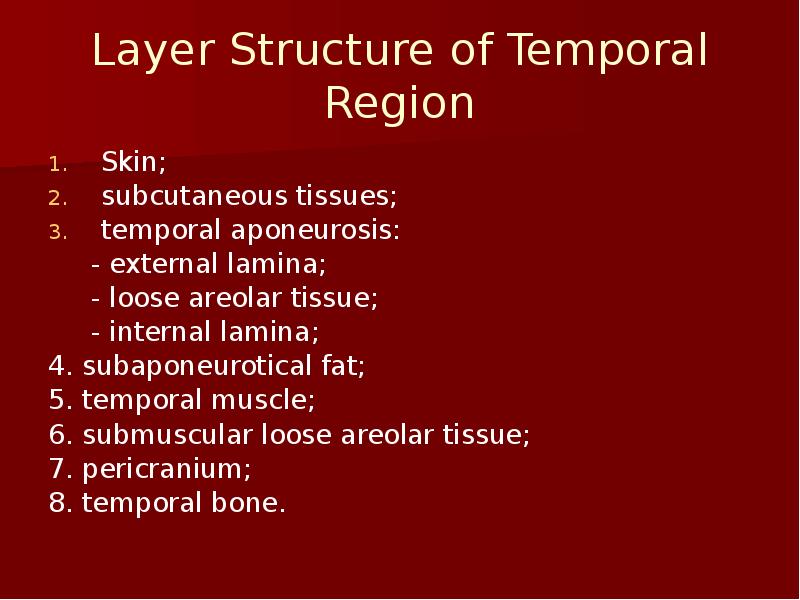
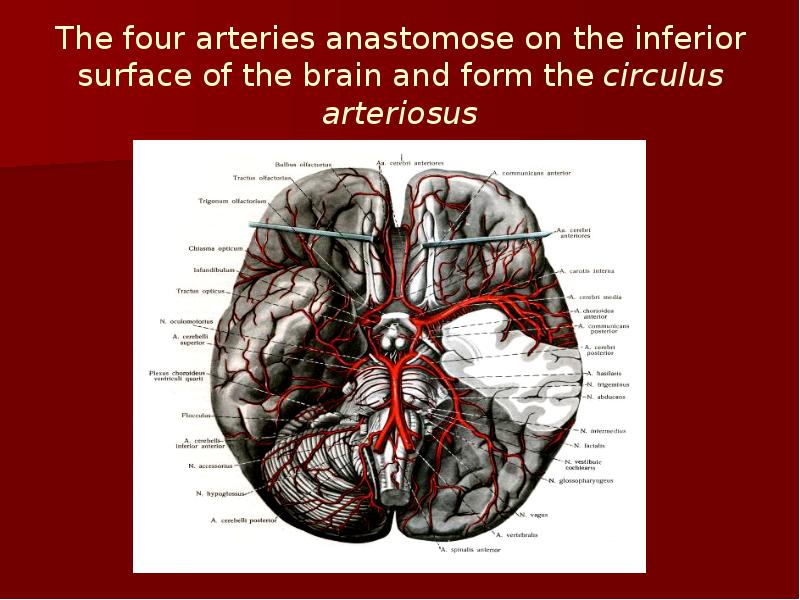
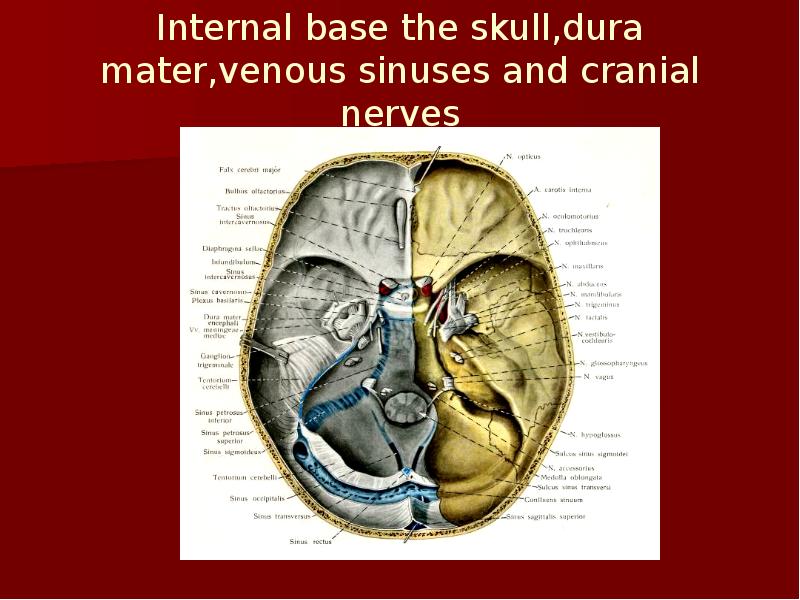

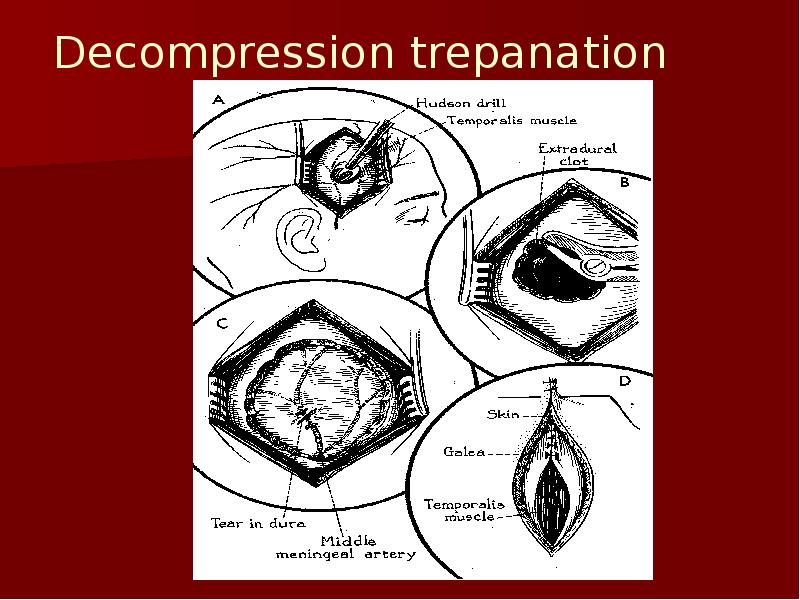

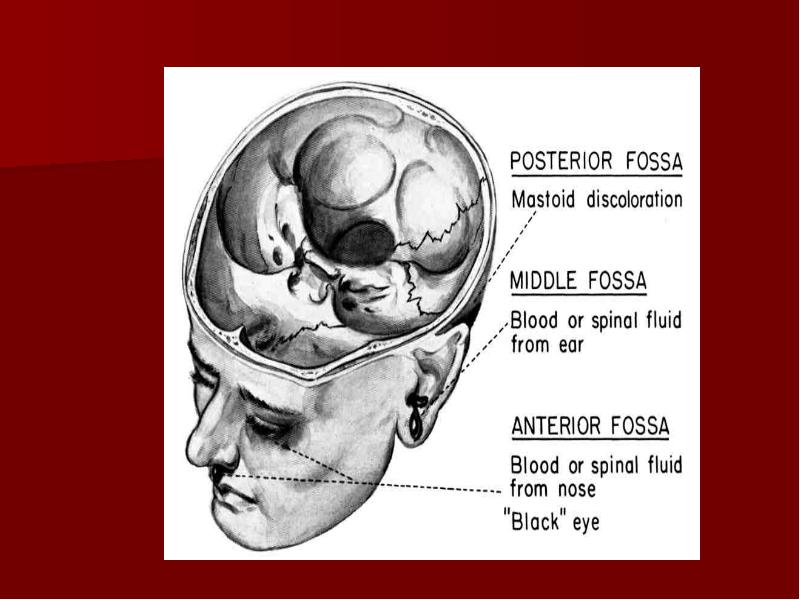
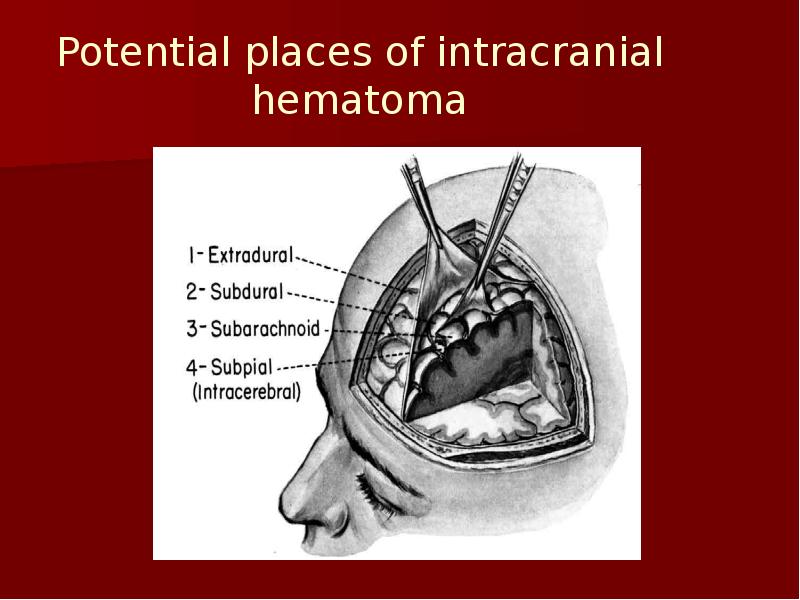
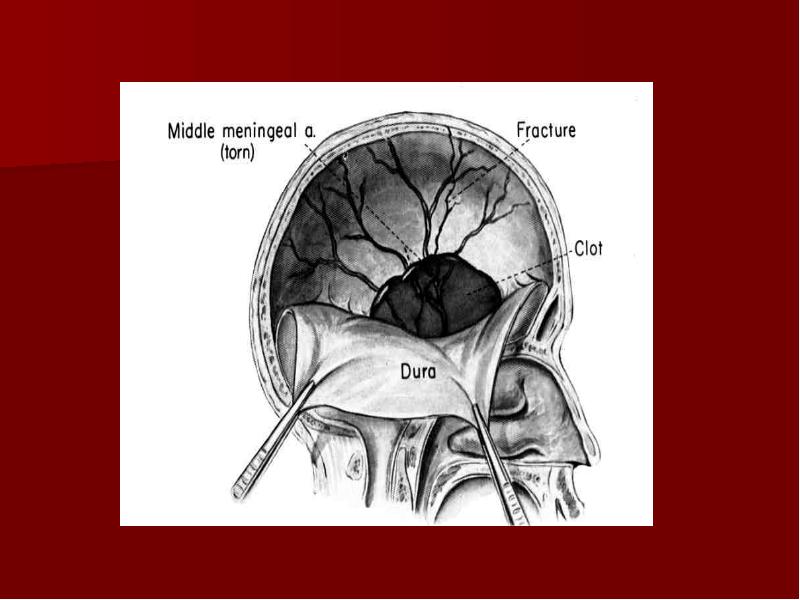
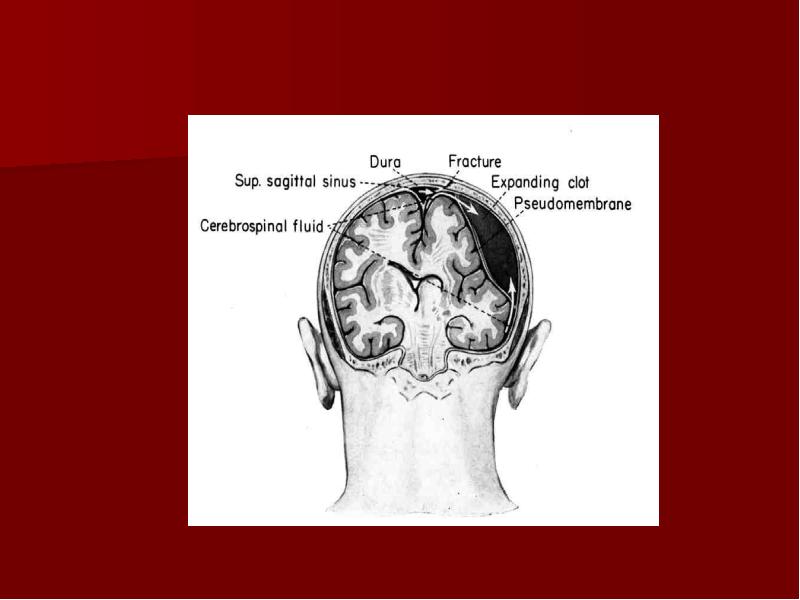
Слайды и текст этой презентации
Скачать презентацию на тему Introduction in topographic anatomy and operative surgery можно ниже:
Похожие презентации





























